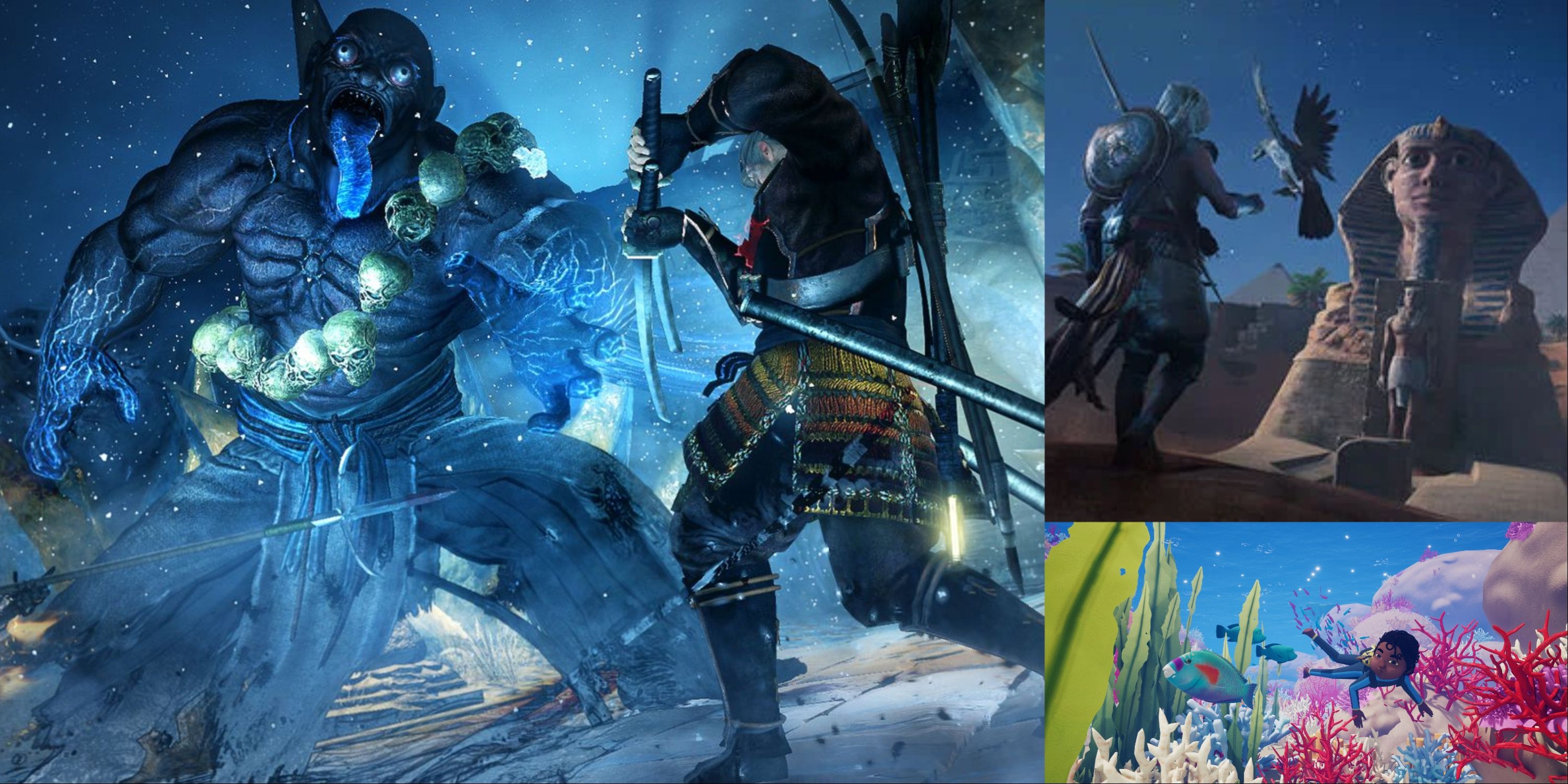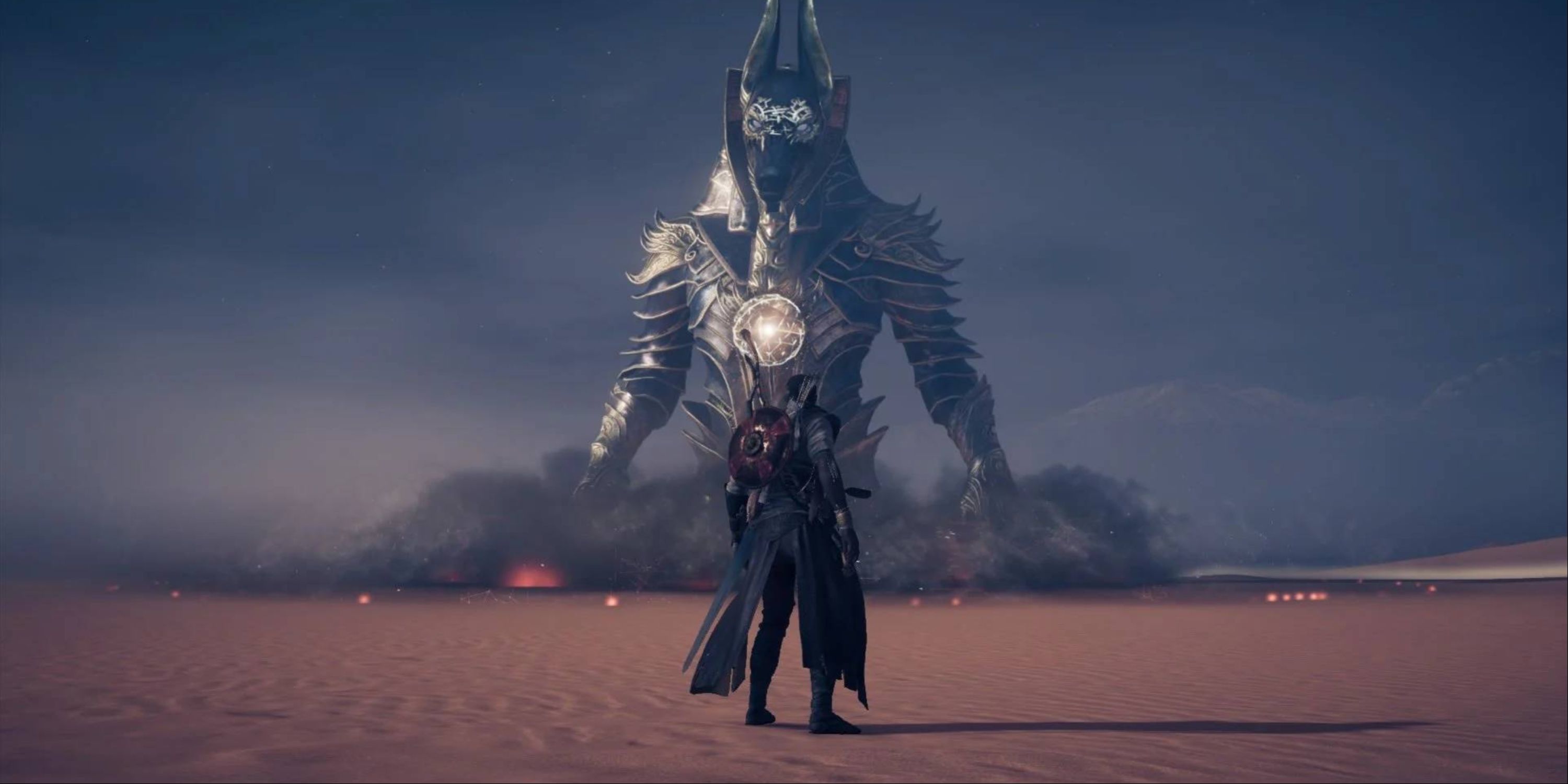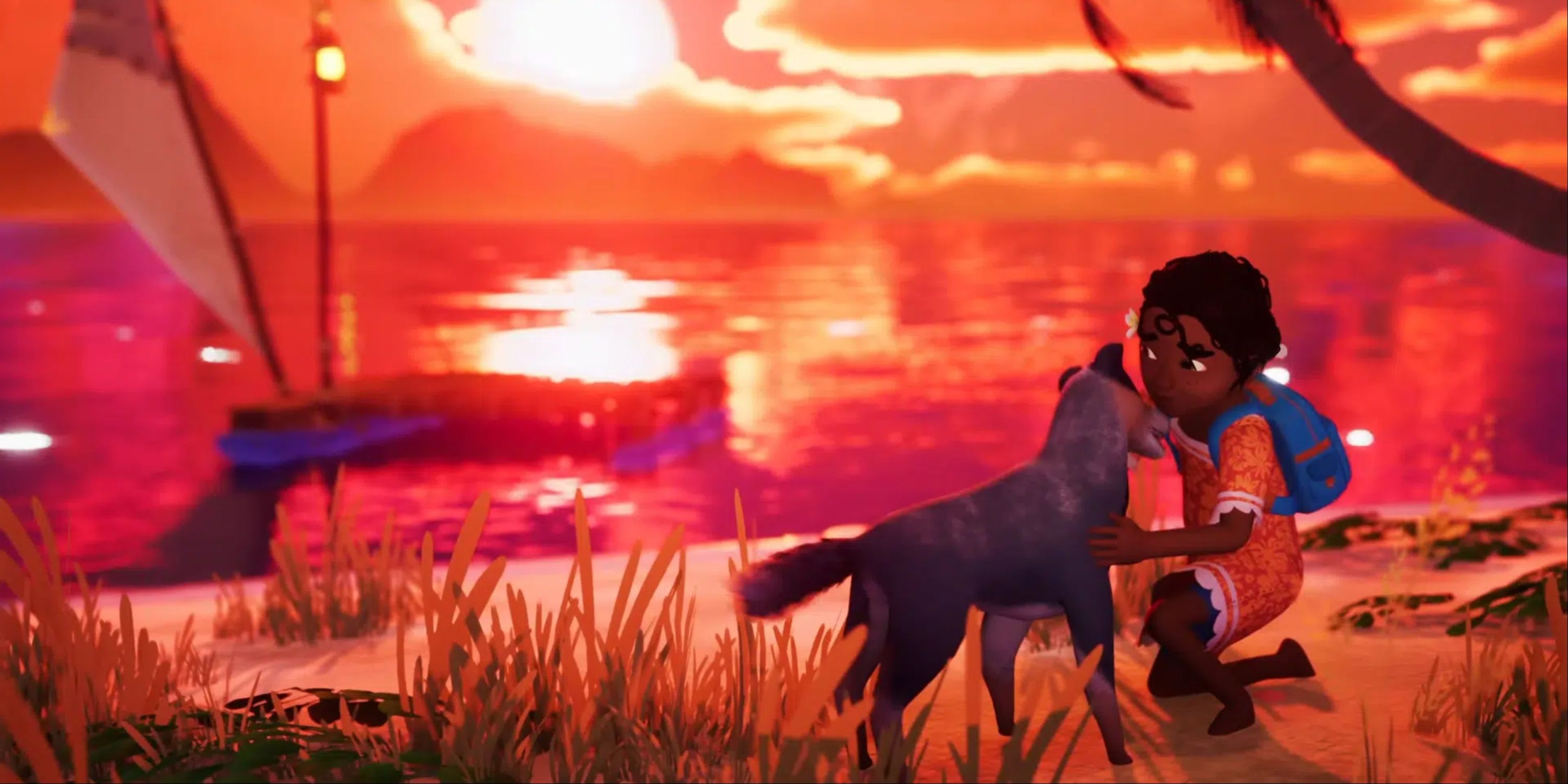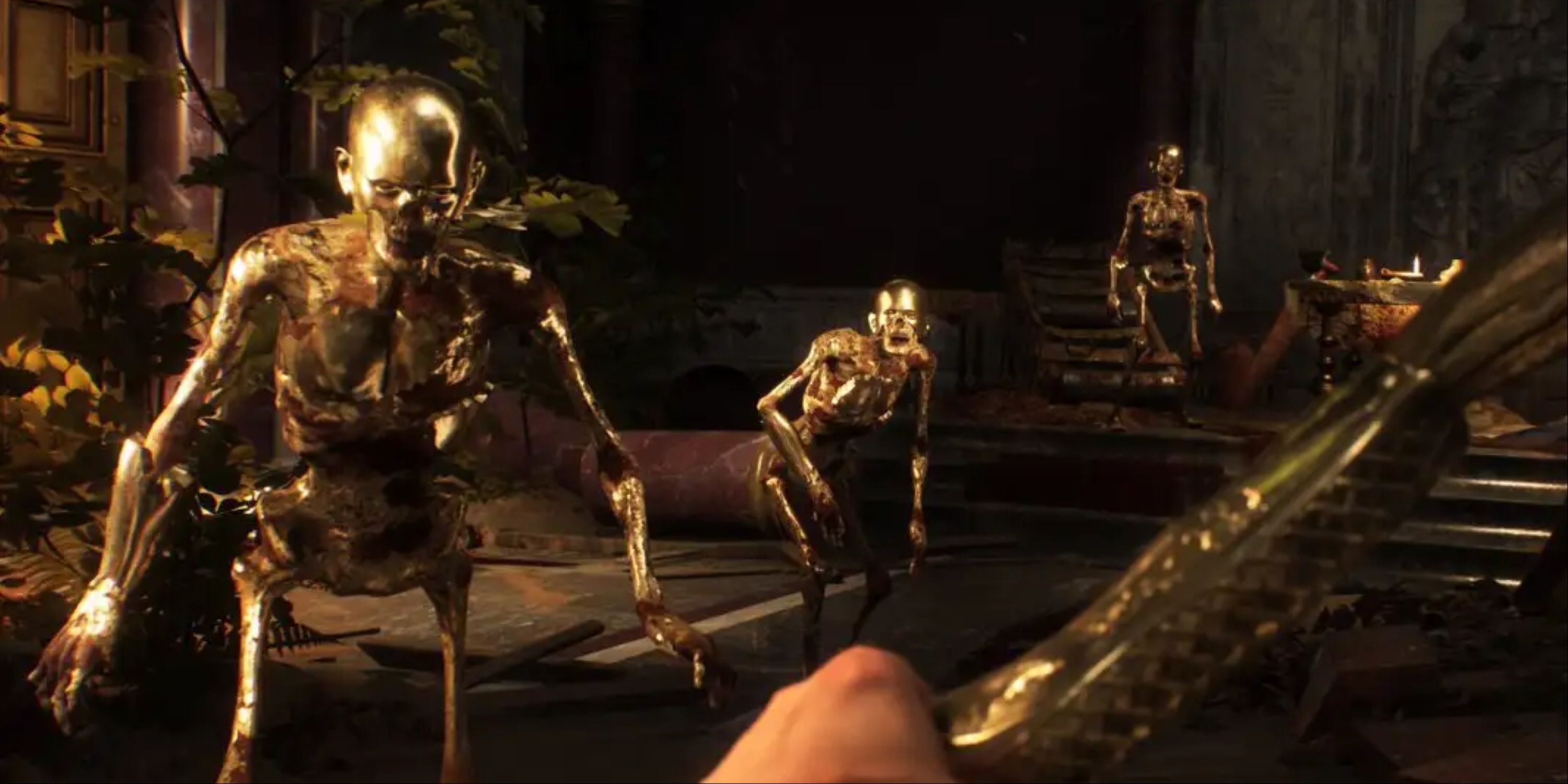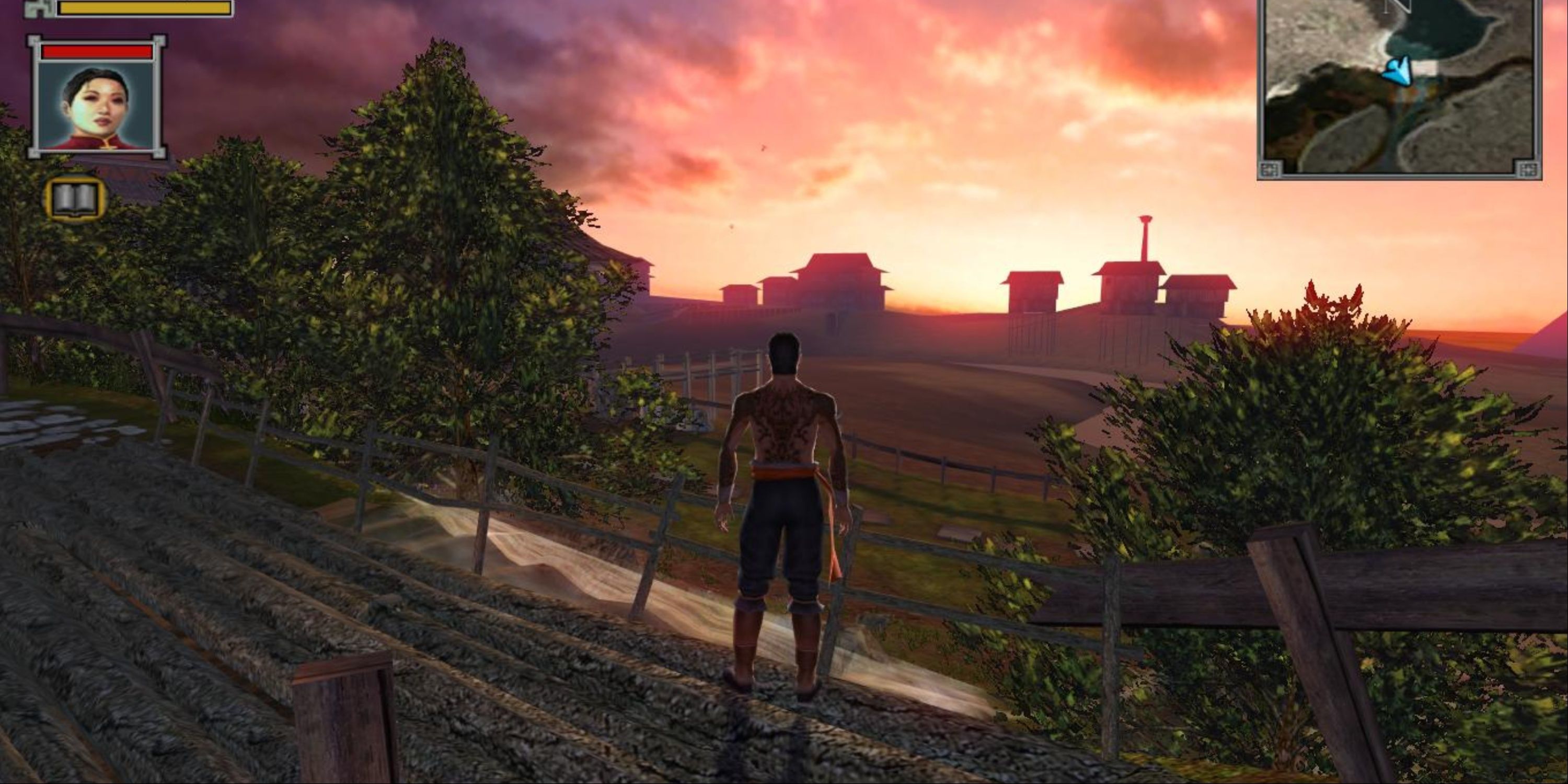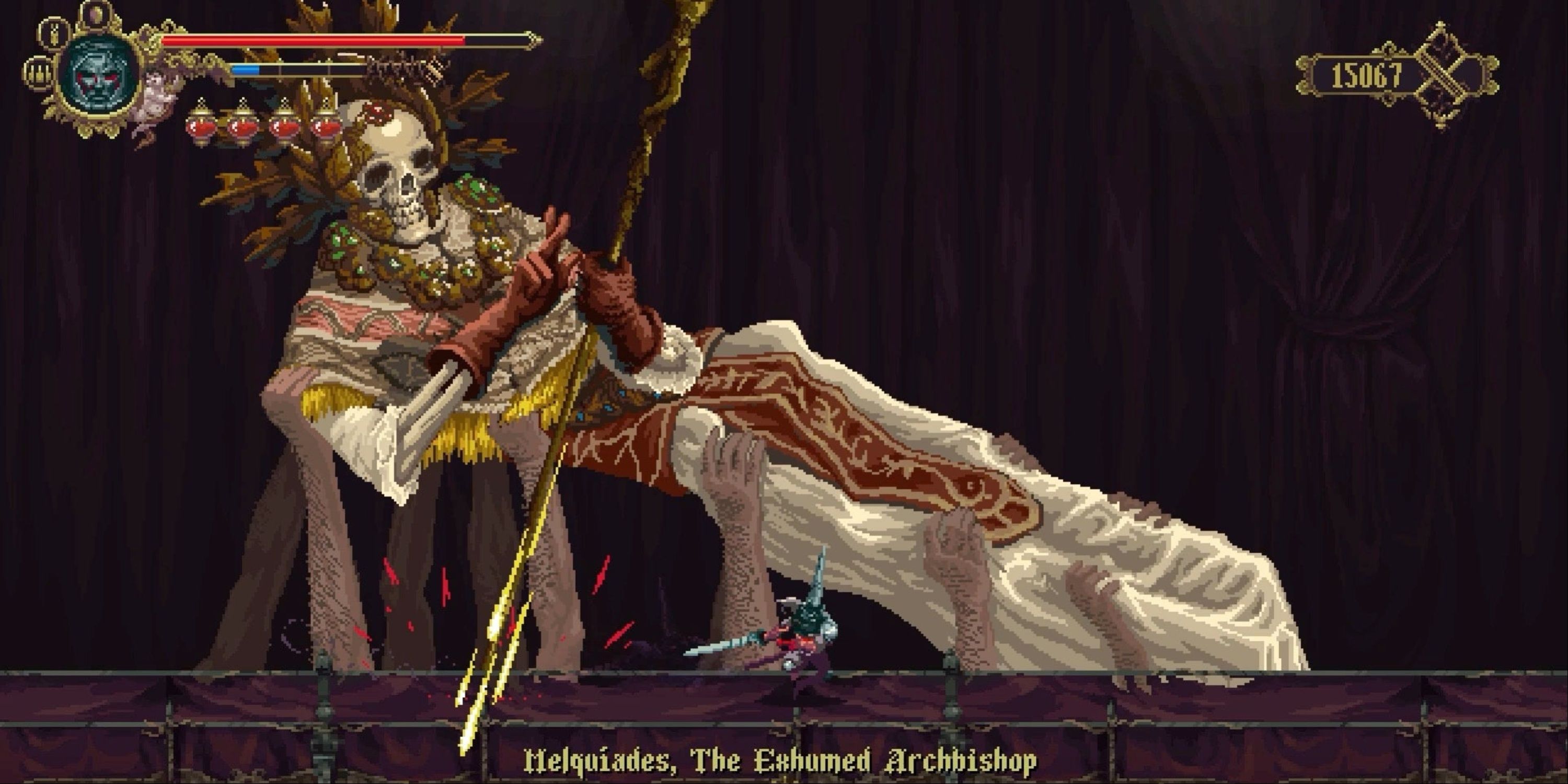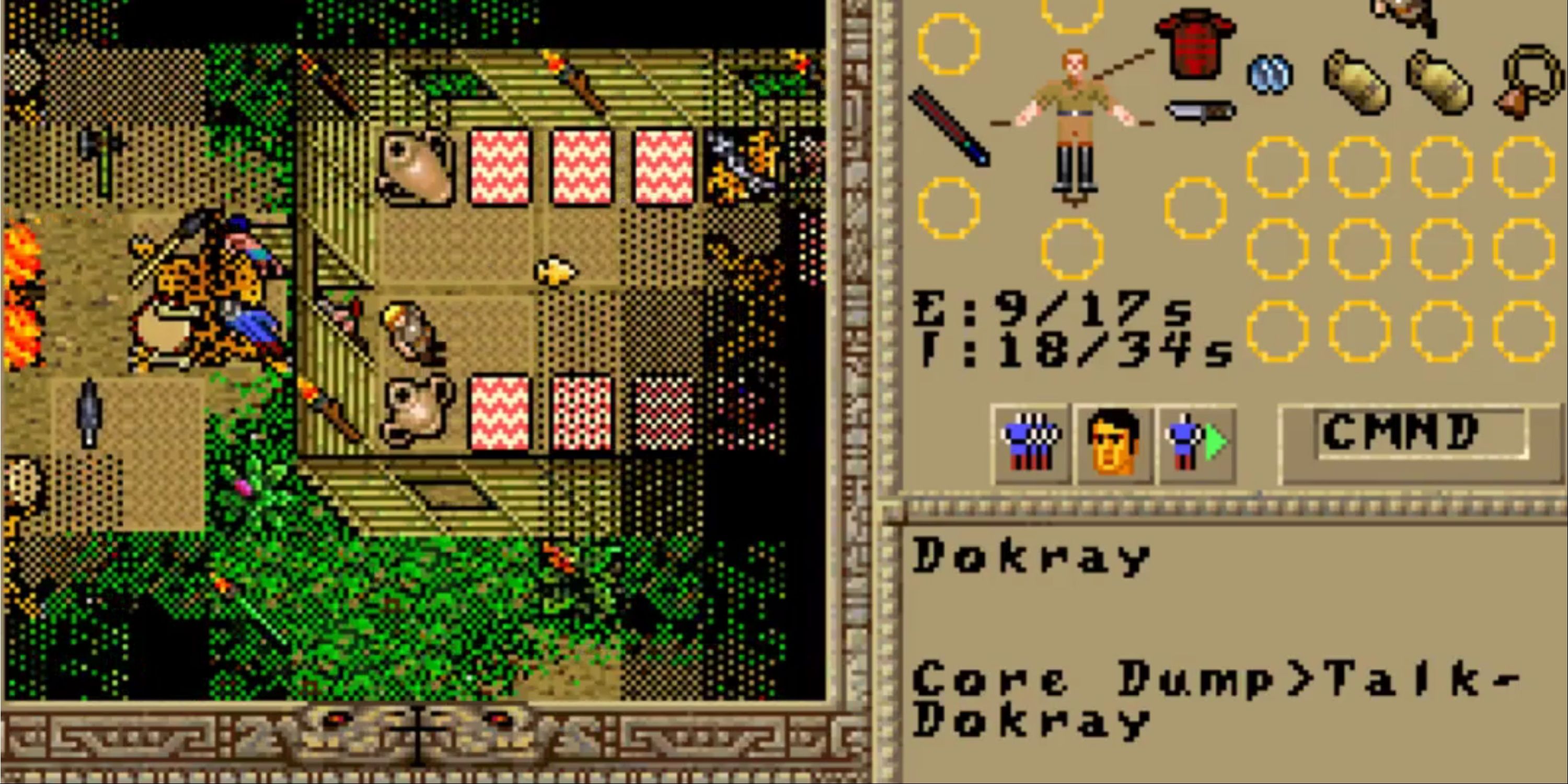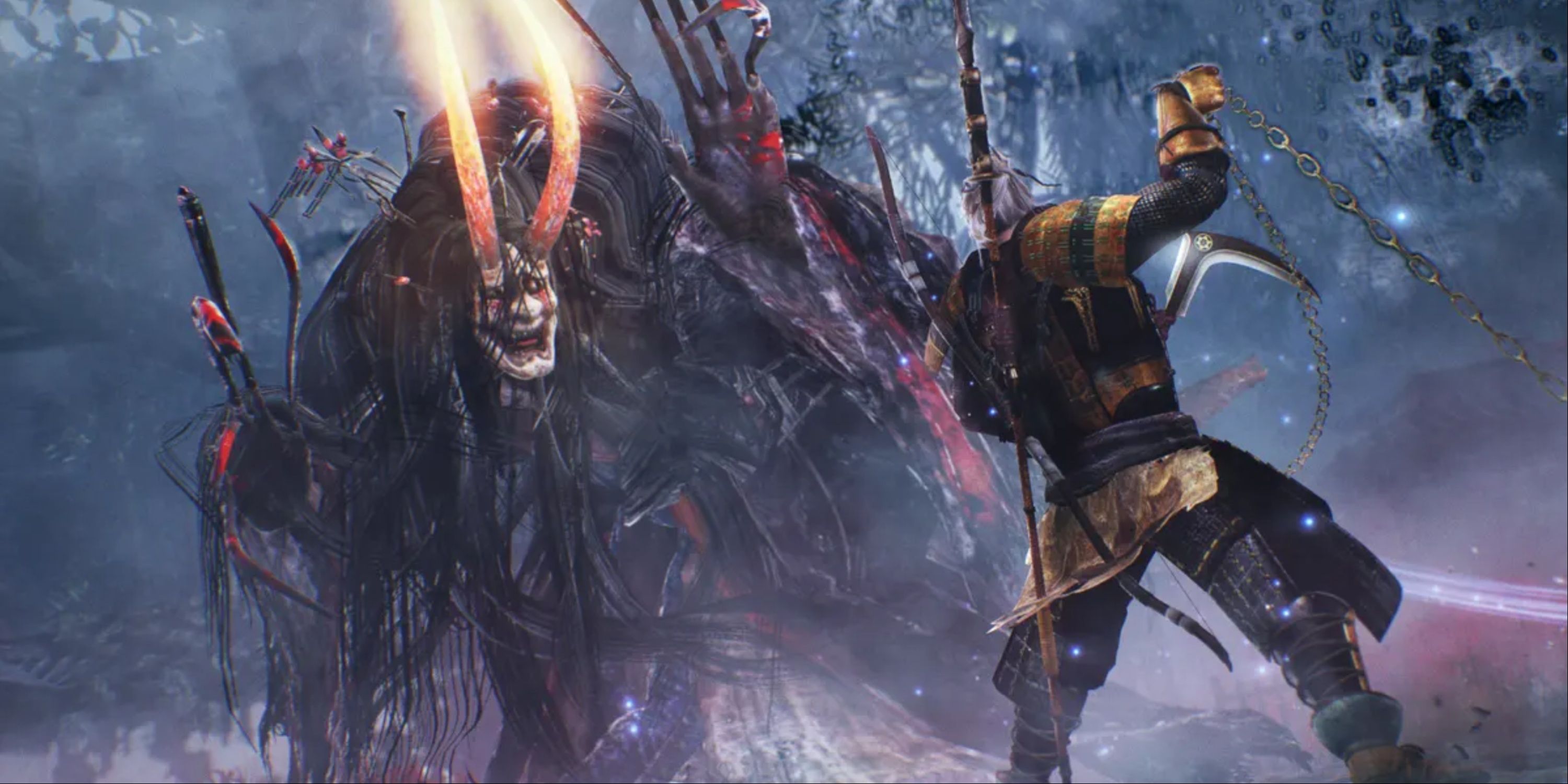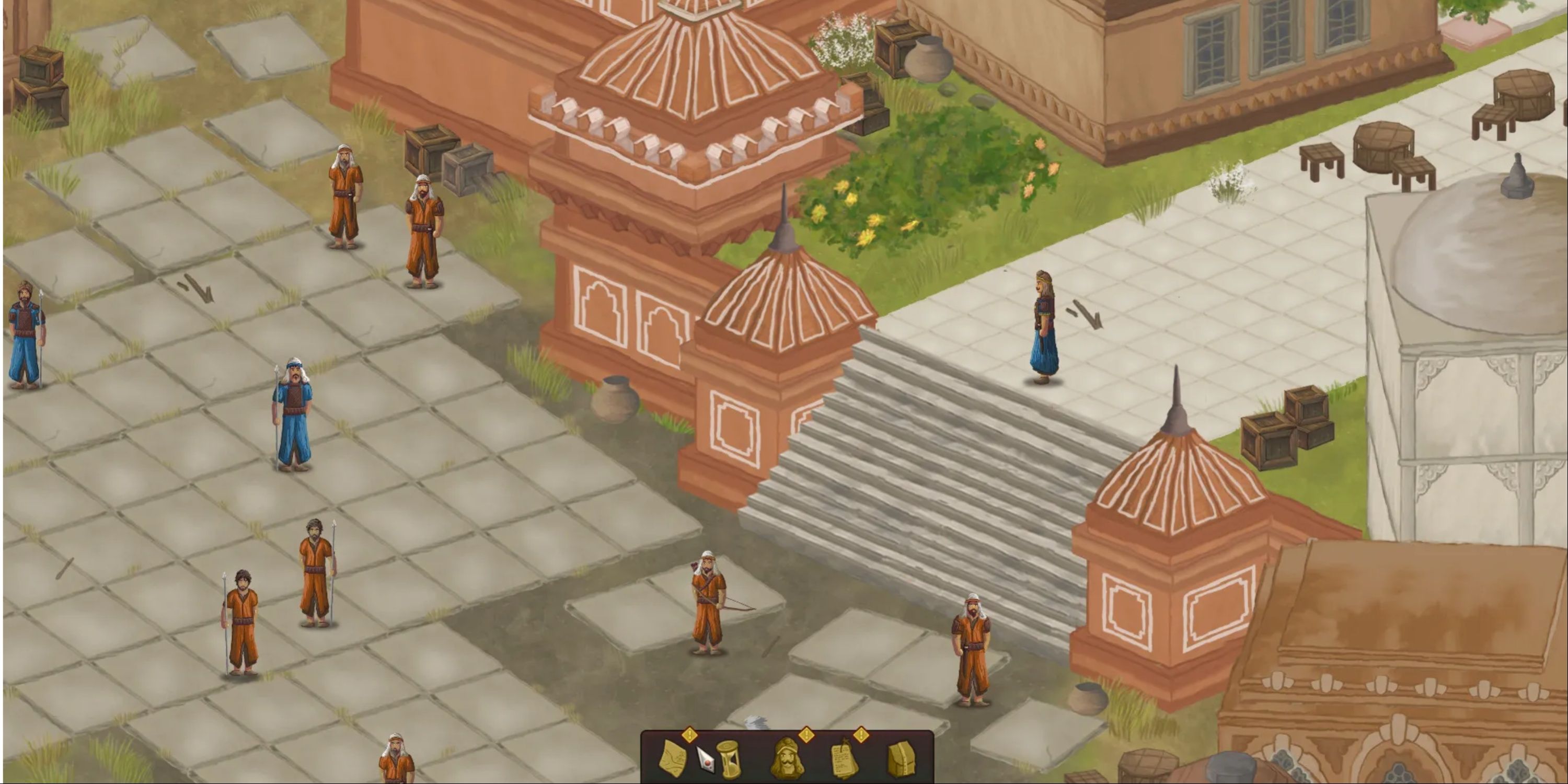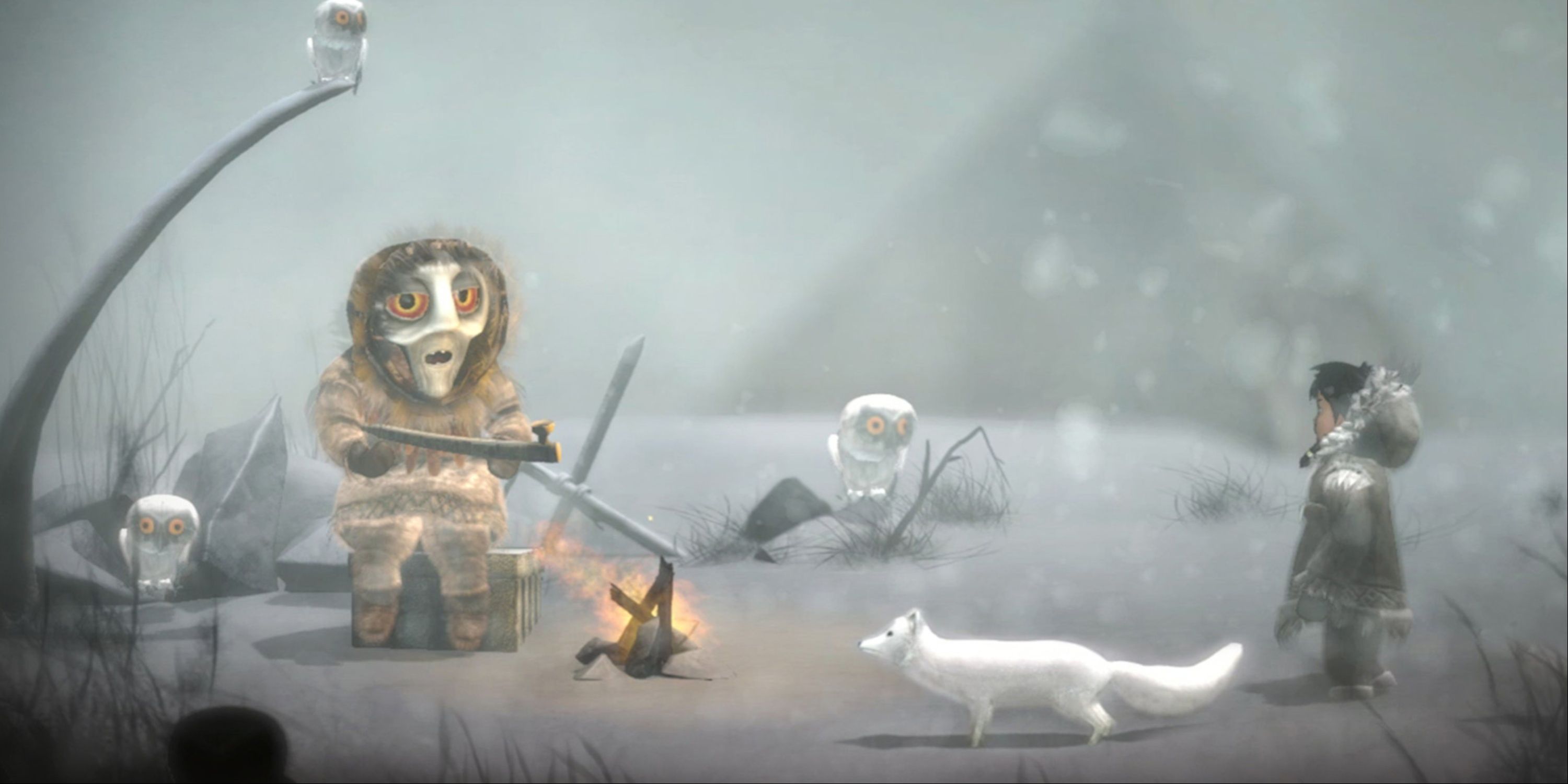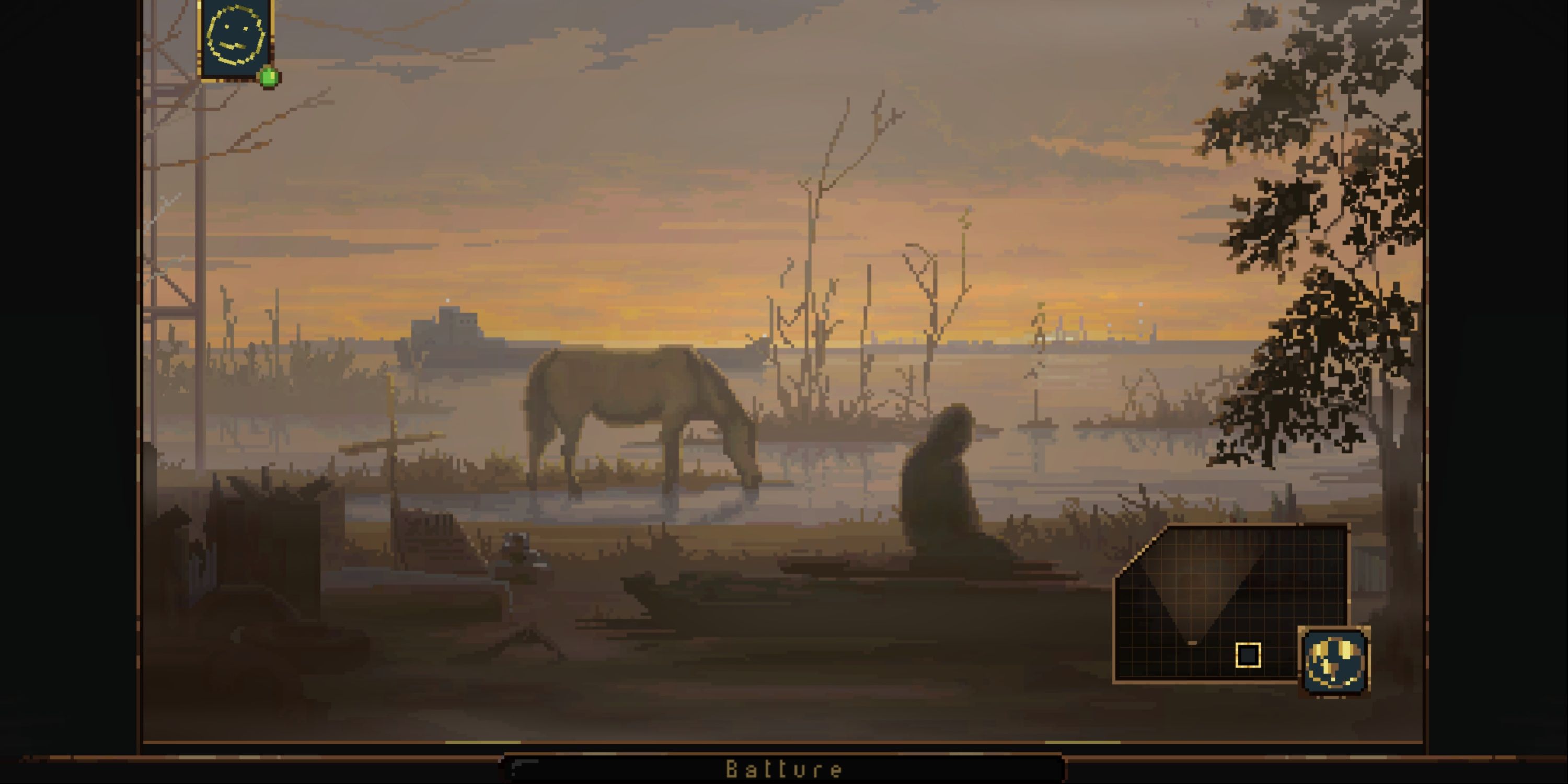Highlights
- Assassin's Creed: Origins delves into the mythological figures of Ancient Egypt, allowing players to battle gods like Anubis and Sobek during their adventure.
- The Forgotten City takes players into a city from Ancient Rome, but as they delve deeper into the game, they will encounter the mythology and beliefs of Ancient Sumeria.
- Unrest, the first video game set in Ancient India, follows the stories of five distinct characters in a mythological version of India and incorporates dialogue-driven gameplay.
Video games and ancient mythologies have gone hand-in-hand for decades. The wonder of an ancient civilization and the epic scale of their myths and heroes are the perfect recipe for an engaging video game world, and developers have been pillaging ideas from Earth's oldest cultures to make some of the best games of the modern era. However, some ancient mythologies get a lot more attention than others.
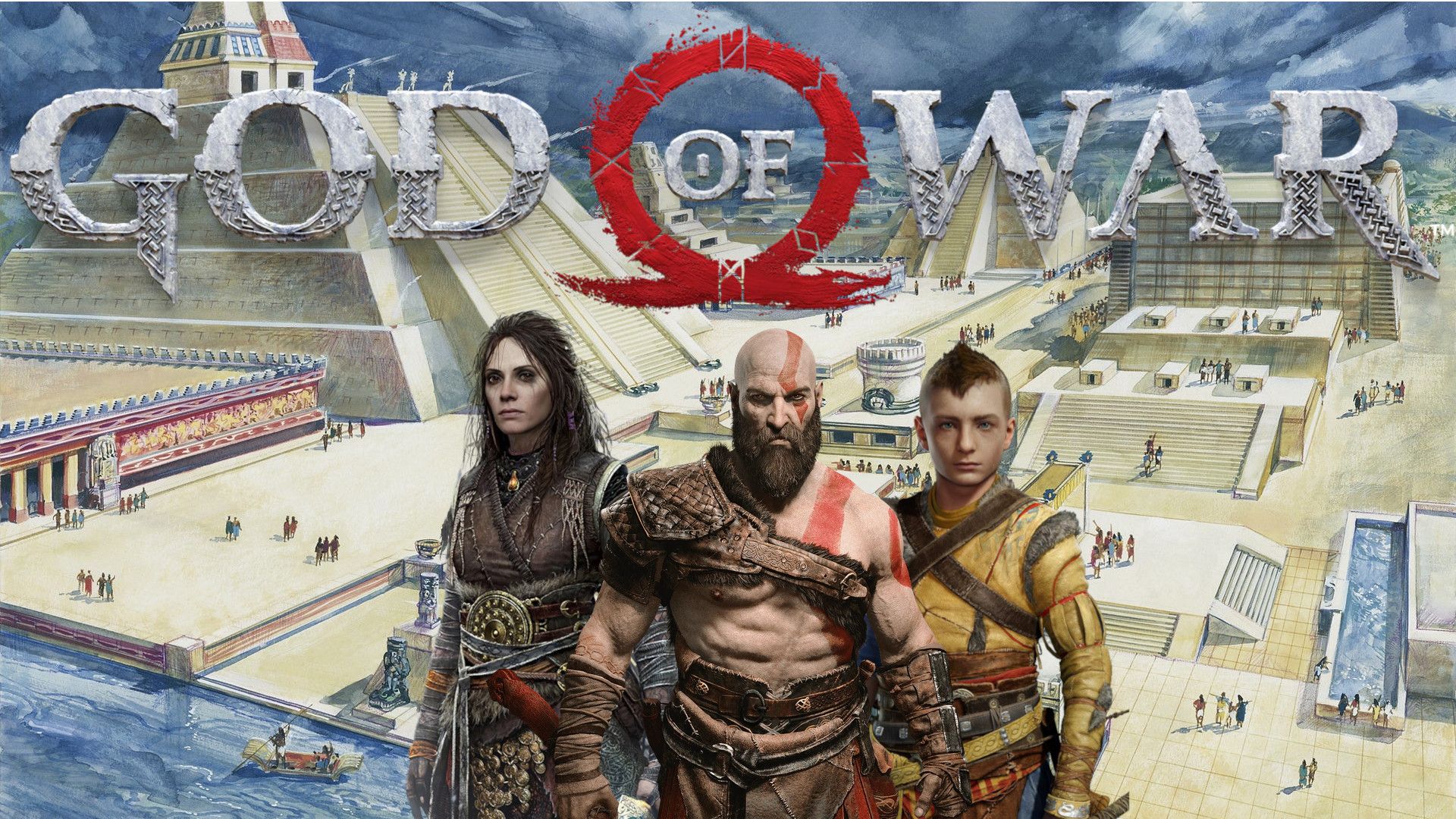
5 Figures of Aztec Mythology that Would be Great for God of War
These figures from Aztec Mythology will certainly be great additions to the God of War series.
While mythologies like that of the Ancient Greeks or the Norse have appeared in countless video games and have proven to be very successful in telling a modern story while also providing a solid backdrop for exciting gameplay, there are many other mythologies that have fallen by the wayside. These less popular ancient tales may not have the same pull for a wide audience, but their gods and monsters are more than capable of making an exciting - and sometimes challenging - video game.
10 Assassin's Creed Origins
The Assassin's Creed franchise was making a major shift following Assassin's Creed: Syndicate by sending the series nearly 2000 years into the past to Ancient Egypt. Despite the obvious appeal of the setting and mythos, few games have ventured into Egypt's pantheon, and none have done so as thoroughly as Assassin's Creed: Origins.
While the franchise typically takes a realistic approach to its representation of ancient cities and cultures, Assassin's Creed: Origins did not shy away from some of the more famous mythological figures from Egypt's past. Players who explore thoroughly enough will battle the gods Anubis, Sobek, and more during Bayek's adventure.
9 Tchia
Heavily inspired by The Legen of Zelda: Breath of the Wild, a game like Tchia comes around only once in a blue moon. Set on the island of New Caledonia, where developer Awaceb is based, the game explores the island and culture of one of the lesser-known countries in the Southwestern Pacific Ocean.
While controlling Tchia and exploring the island doesn't often result in encountering a ton of mythological creatures, they do exist in the game world. Players can eventually summon Xetiwa, a mythological flying creature, by playing their ukelele once they've completed Tchia's story. Tchia can then Soul-jump into the creature and fly around the entire island with ease.
8 The Forgotten City
Initially, The Forgotten City places players in a city from Ancient Rome that appears to have been ripped right out of time. Exploring this city will take up a large portion of the game's first half, but once players begin to delve deeper into the game's mystery (and the city's underground caverns) other mythologies will begin to crop up.
While there are several ancient cultures that make an appearance, none are more unique to The Forgotten City than Ancient Sumeria. The deepest depths of the city's caverns reveal much about the ancient culture, their beliefs, religion, and deities. While those deities don't exactly make an appearance (although it could be argued that one does), their presence is strongly felt in the darkest corners of the game's world.
7 Jade Empire
Set in a world based on Ancient Chinese mythology, Jade Empire casts the player as a Spirit Monk, one of the last of their kind, as they set out to rescue their tutor and fight back against the forces of an evil and corrupt emperor. While the game is not set in a literal representation of China, those influences are felt through every aspect of its design.
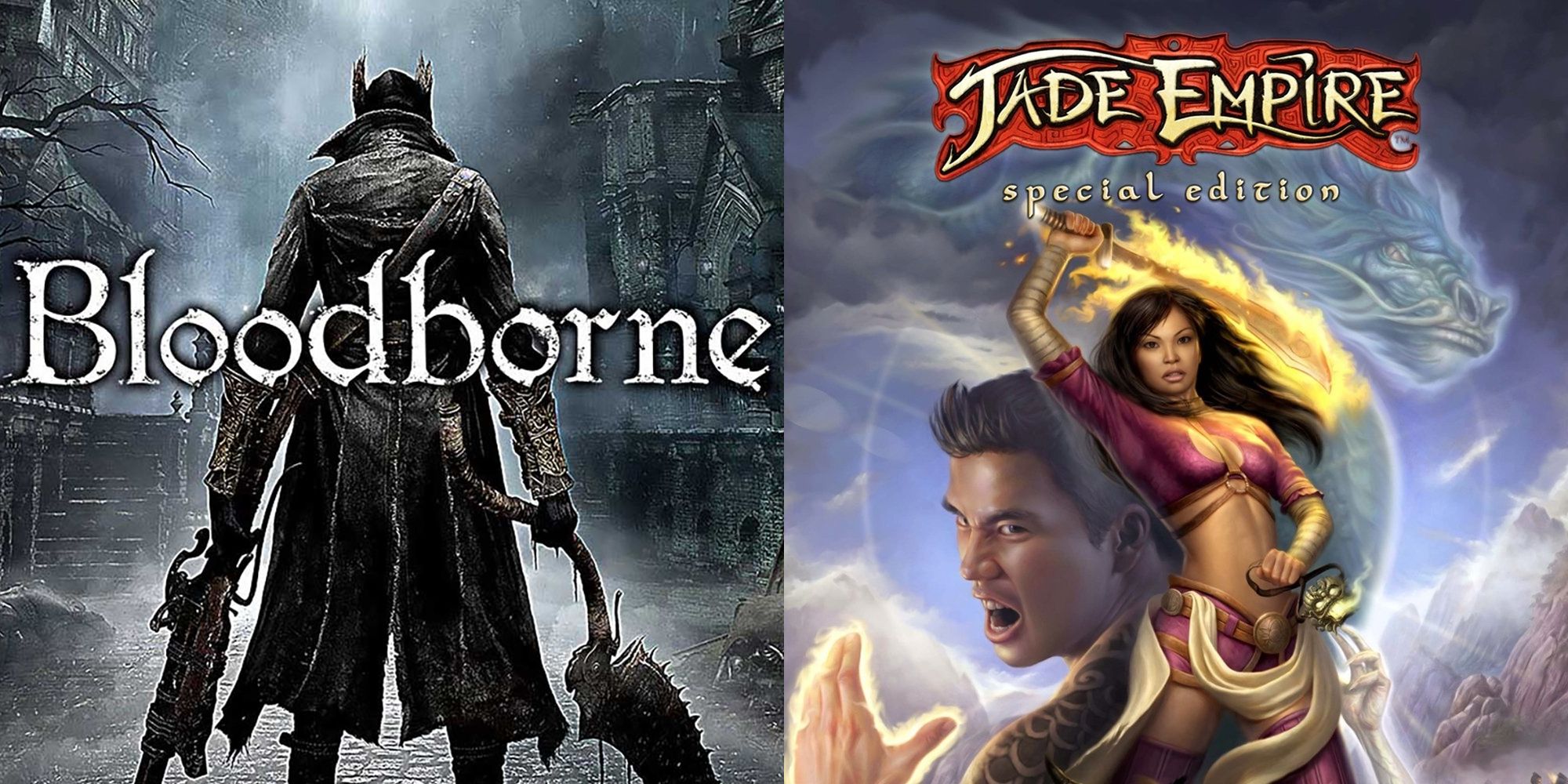
7 Best RPGs Without Sequels
Some of the best RPGs out there never got the sequel that they deserved.
Jade Empire's setting, environment, story, color palette, and character designs are all based on different dynasties from China's history. Meanwhile, the game's monsters are mostly original designs from BioWare themselves. While many games from this era would benefit from a modern remake, few are more deserving than BioWare's most unsung classic.
6 Blasphemous
"Ancient" Spain isn't exactly old when compared to other mythologies, and yet the developers at The Game Kitchen used the history of their home country to craft a game world that is totally unique in the medium. While this mythology may only be several centuries old instead of a millennium or more, it still deserves some recognition.
Blasphemous pulls from the Christian mythology of 14th Century Spain as its primary inspiration. The Biblical nature of the game's world and creature design stand out from the droves of Greek and Norse-inspired creature design and are all the more effective due to their ties to modern Christianity and its tenets.
5 Worlds Of Ultima: The Savage Empire
The Ultima franchise is one of the oldest and most iconic in gaming. Dating back to the 1980s, these games primarily dabbled in fantasy role-playing but would inject some science fiction into the mix as well. However, Worlds of Ultima: The Savage Empire delved into an ancient culture that no games have touched since Ancient Mesoamerica, specifically, the Mayans.
It's pretty baffling that no game has tried to capture the brutal and fascinating culture of the Mayans since The Savage Empire was released in 1990. While rumors of an Assassin's Creed set in that era have circulated for years, nothing has materialized yet. For now, this old RPG is all gamers have when it comes to exploring the ancient cultures of Central and Southern America.
4 Nioh
Games set in Ancient Japan are common, and games that pillage from Japanese mythology are as well, but few games attempt to incorporate both those ideas at once, and fewer still pull it off. Team Ninja's first Souls-like foray, Nioh, does just that. Set in Japan in the year 1600, the player will battle through iconic moments in Japanese history infused with epic mythology and a host of dangerous monsters based on Japanese culture.
Few games can boast combat as fun and satisfying as what Nioh has to offer. The various weapons combined with three fighting stances allow for an endless array of attack combos and build varieties. Meanwhile, while the beasts the player will face off against can strike fear into their hearts, it's the ancient Japanese legends that will truly test the player's skills.
3 Unrest
While its distinct hand-drawn art style and brutally difficult gameplay may be what draws in new players, the criminally underrated 2014 release, Unrest, bears the distinction of being the very first video game set in Ancient India. Pyrodactyl Games, based out of India, funded the game's release through a successful Kickstarter campaign.
Unrest follows the stories of five distinct characters as their lives intertwine throughout a mythological version of India. The player engages with the world primarily through dialogue, and while combat is an option, it is incredibly dangerous. If one of the game's main characters is killed, they don't respawn. Instead, the game's story continues while taking into account that character's death.
2 Never Alone
A 2D platformer as much as an RPG, Never Alone was developed by Upper One Games and released in 2014. It is based on an ancient tale from the Inupiaq, a culture of Indigenous Alaskans. The player controls both a young girl named Nuna and her fox companion as they navigate the harsh Arctic landscape.
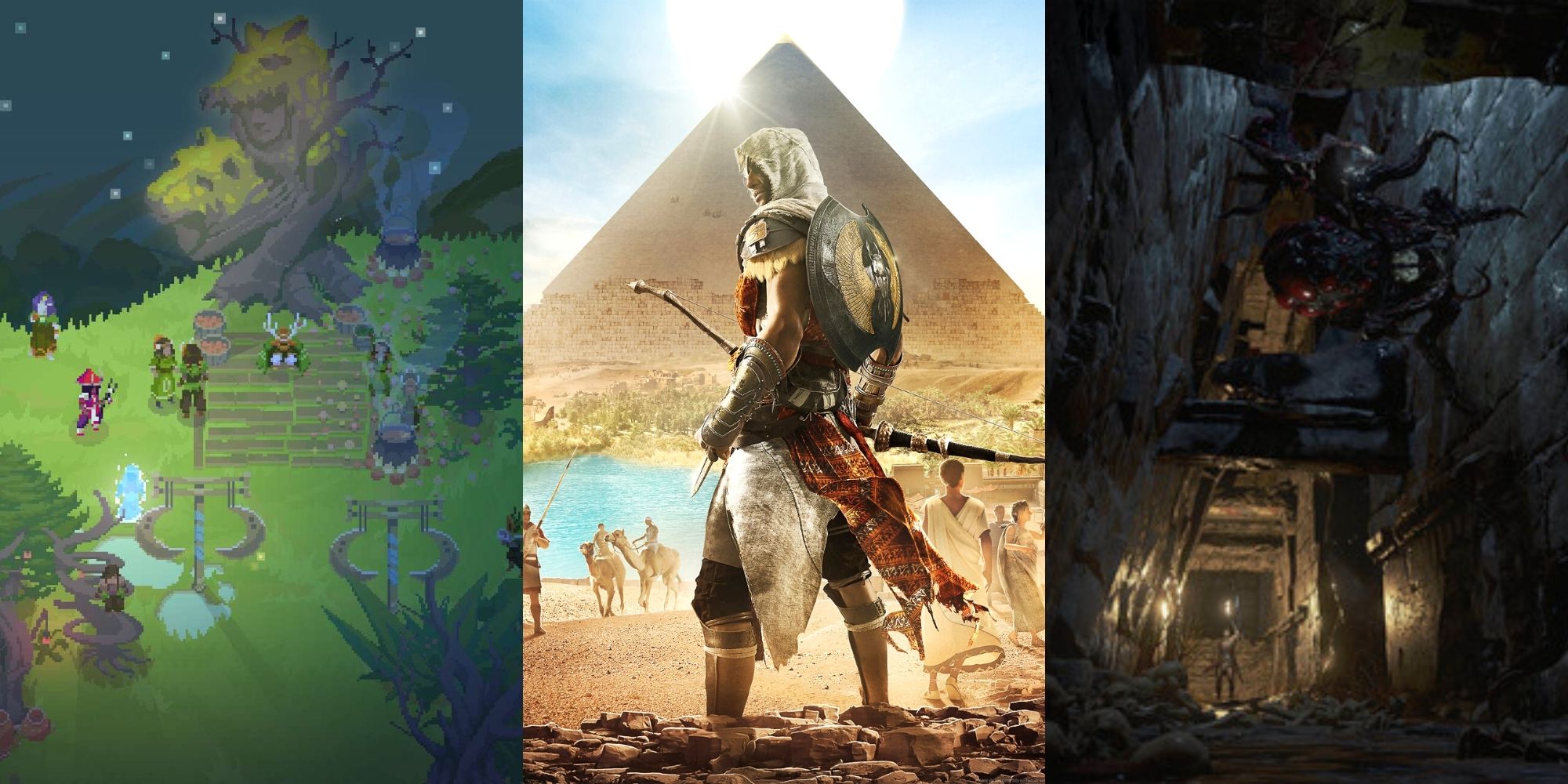
7 Best Games Inspired By Ancient Tales
These seven great games were all inspired by classic tales and myths.
Unlike other 2D games, Never Alone rewards players with vignettes of Inupiaq storytellers sharing their stories, which adheres to the game developer's goal of sharing, celebrating, and extending Indigenous cultures. Nuna's mission to stop the blizzard ravaging her village and restore balance to nature is directly inspired by the Inupiaq legend "Kunuuksaayuka."
1 Norco
How old does a culture need to be for its myths to be considered "ancient?" In the case of Louisiana, the State itself is only a couple of centuries old, and yet the myths that have sprung up out of the murky waters of the bayou just beg to be told, something Norco is more than happy to oblige.
Some parts of Norco are straight-up sci-fi, and while its roots are still very much based around the present day, that sci-fi trimming allows for the backdrop of the town's history to stand in stark relief. All these elements play off of each other, but when the player eventually finds their way into a boat on the bayou, that's when the old stories of creatures lurking in the swamp start to emerge and take hold.

